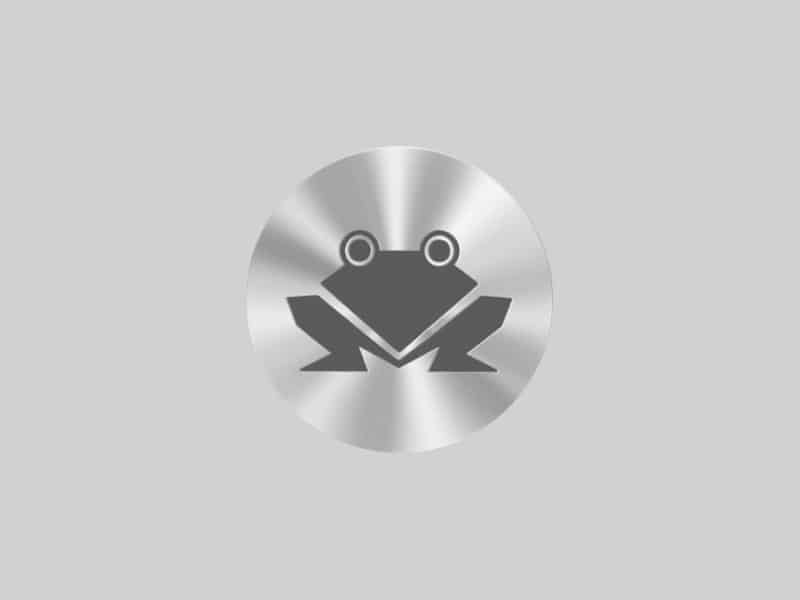An organization’s ability to adhere to and prepare for continual process improvements, while aligning processes with the CMMI Model practice areas, is the common core goal for CMMI Model adoption and alignment.Continuous development in these areas helps organizations enable an agile approach to positive modifications, assist process area efficiency, define specific organizational requirements for consistency, encourage stakeholder input and agreement, and increase the possibility of a positive return on investment for an organization.
The CMMI Model specifies “levels of maturity” to enable organizations to determine the status of an organization’s process areas against the CMMI Model and to identify a path for an organization to achieve the next level of maturity, in all process areas within the company. The key is BUILDING upon the prior maturity level. CMMI defines the maturity levels as:
Maturity Level 0
Maturity Level 0 indicates the process area is “unknown.” This level of maturity shows the organization displays no work process in existence, and/or no proof of work getting initiated or completed. The process area, determined as Maturity Level O, is not shown or does not exist, and there is no proof of whether the work in this process area is intended or completed. Maturity Level O indicates the organization’s process areas are consistently defined as “UNKNOWN.”
Maturity Level 1: Initial
Maturity Level 1 indicates organizations where project work is often unpredictable and/or reactive. Examples of work in an organization meeting Maturity Level 1, would be work not completed on time, and/or not within budget, and is often delayed in some manner. Organizations aligning to Maturity Level 1, reflect work tending to be “reactive” as opposed to planned and efficient, and work projects have not yet been addressed within the responsibilities of the company, or have not been assigned to an individual or department as a necessary role. In this Maturity level, there may be an initial approach to a certain practice area, however, the complete set of practices, and the accomplishment of the set are not realized. Maturity Level 1 indicates the organization’s process areas are consistently defined as “INITIAL.”
Maturity Level 2: Managed
Building on Maturity Level 1, Maturity Level 2 indicates an organization is successfully managing work on the project level. Work in an organization appraised with a level 2 maturity, consistently delivers projects successfully and is shown to consistently plan, perform, measure, and control work at a project level. Organizations aligning to processes at a maturity level 2 are performing projects and successfully managing these projects to provide the organization with a profit. This level describes a simple attainment of a complete set of practices that address the full intent of the practice area. This level does not show a management oversight of work, it confirms project-level delivery without an overall management structure guiding consistency. Maturity Level 2 indicates the organization’s process areas are consistently defined as “MANAGED.”
Maturity Level 3: Defined
Building on Maturity Level 2, Maturity Level 3 indicates an organization is successfully managing project work simultaneously, with consistency across groups and processes, and managed by the organization’s standards and “character.” Organizations assessed at this level typically provide planned and proactive work. Organization-wide standards help to remove “reaction-based” work and provide guidance across projects, programs, and solutions. Consistent processes, standards, procedures, and measurements are found in organizations achieving this maturity level. The focus and success are accomplished in both project performance goals and organizational performance objectives. Organizational assets are used and contribute to the success at the project level. Maturity Level 3 indicates the organization’s process areas are consistently defined as “DEFINED.”
Maturity Level 4: Quantitatively Managed
Building on Maturity Level 3, Maturity Level 4 uses measurements and quantitative techniques to understand, review, and detect performance issues. This same quantitative approach is used within the organization achieving Maturity Level 4, to predict areas to focus on to achieve process and performance objectives. Quality and process improvements in this stage are measured by processes in place to calculate areas to correct and manipulate for business performance improvement. An organization at this Maturity level aligns its internal and external stakeholder needs with quantitative performance improvement objectives that are data-driven and predictable. Maturity Level 4 indicates the organization’s process areas are consistently defined as “QUANTITATIVELY MANAGED.”
Maturity Level 5: Optimizing
Building on Maturity Level 4, Maturity Level uses statistical and other quantitative techniques to optimize business performance. This is a step up from Maturity Level 4, in the change from using quantitative results to identify and focus on business performance to using quantitative analysis to achieve quality process performance objectives for optimization. This Maturity level depicts companies that are both stable and flexible with respect to the process areas and are using statistical techniques for enhancing performance to an exceptional level. Continuous improvement is at the heart of organizations designed to deal with change and opportunities. At maturity level 5, organizational stability typically provides a platform for flexibility and innovation. Maturity Level 5 indicates the organization’s process areas are consistently defined as “OPTIMIZING.”



